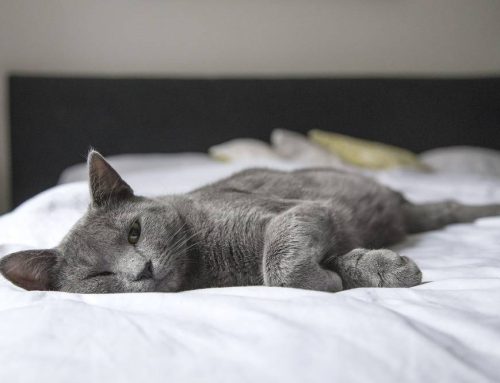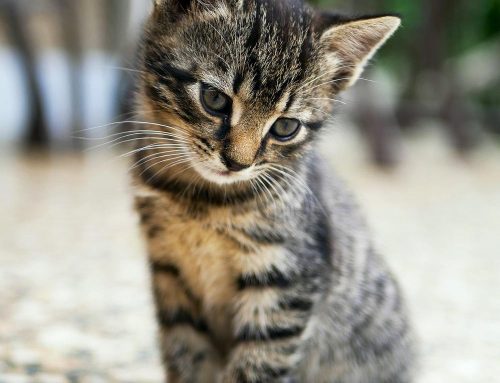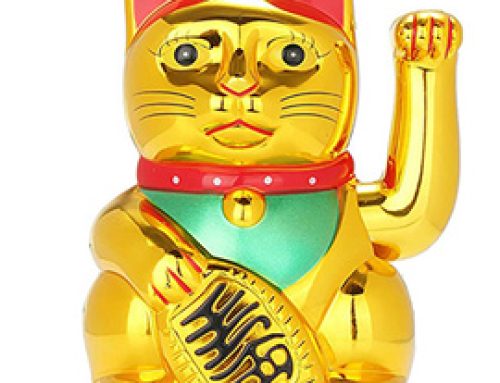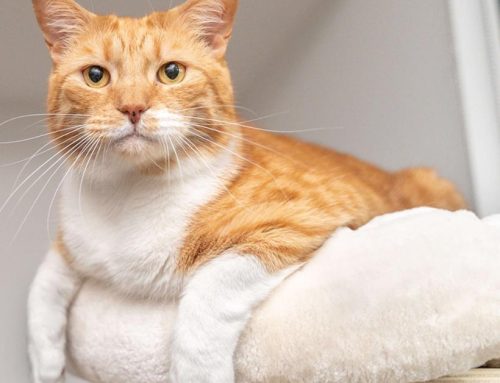Where humans have heart attacks and get pneumonia, cats get kidney failure. 50 percent
of old cats die of kidney failure, and the other half die of cancer or heart problems (and a
few other rare things).
The good news is that over the last few years there has
been considerable research and progress in the area of
feline renal failure (cat kidney problems). Lo and behold it
turns out that cats’ kidneys are NOT like those of dogs, rats
or humans which explains why previous attempts at treating
cat kidney failure was pretty unsuccessful. So what happens
these days?
Cats have kept some metabolic secrets from us for some
time, and these are now being unravelled. The main one is
that in many cats, as the kidneys become damaged, their
blood pressure increases – just like ours. The trick has always
been how to measure blood pressure because cat arteries
are so small. At the Cat Clinic we use a sophisticated
Doppler Flow Ultrasonic Detector that picks up arterial wall
movement and turns it into noise. This means we can read
your cat’s blood pressure measurement with a cuff just like
in humans (well, babies anyway!). Treating the high blood
pressure keeps the kidneys functioning for longer.
In addition we test your cat’s urine to see whether the kidneys
are filtering the toxic wastes properly by checking the
urine specific gravity with a refractometer and the protein,
blood and other components using the same dipsticks that
are used on humans. Interestingly, cat urine has a couple of
special aspects. One is that normal cat urine is much more
concentrated than human urine, as befits an animal that
evolved in the desert. And the other is that there are bacteriostatic
components in normal cat urine that prevent bacteria
growing once the urine is formed. This makes it difficult
to culture for bacteria unless the urine is very diluted as it is
in the later stages of kidney failure. However, we can check
the sediment of the urine to see if there are any bacteria
visibly lurking there and treat with antibiotics as necessary.
A finding of glucose in the urine is enormously significant as
cats can get diabetes, the same as humans.
And finally we can check the blood test values of toxic waste
products in the cat’s system by checking your cat’s blood
levels of urea, creatinine and phosphate. These values give
us a good idea about how sick a cat feels from its lack of
kidney function.







